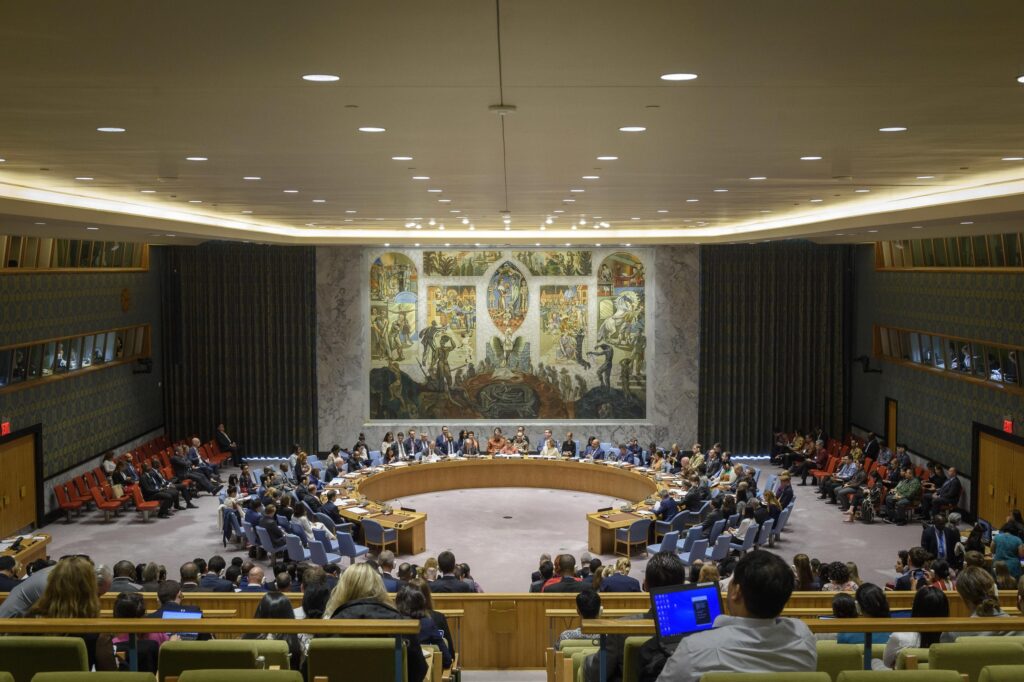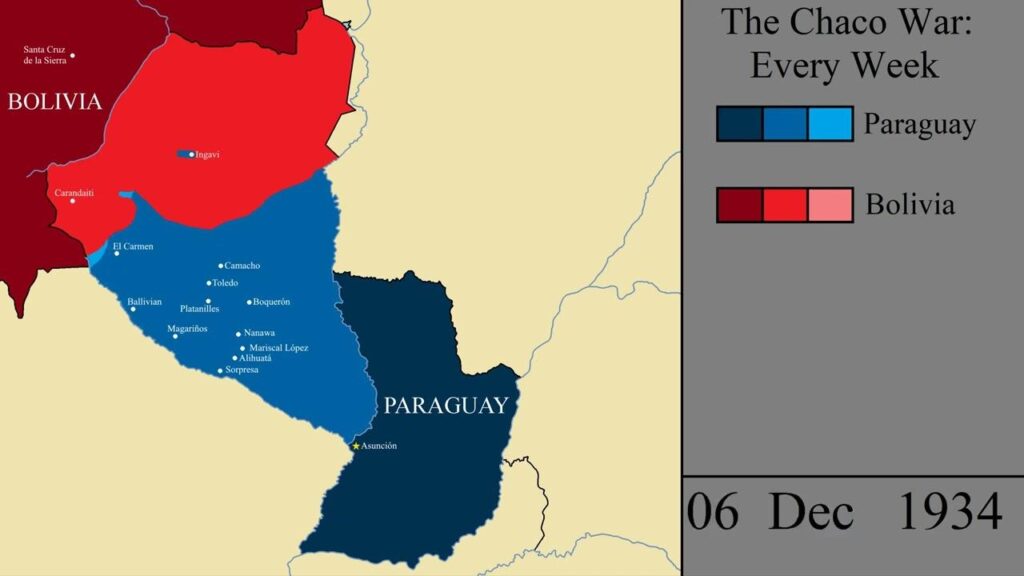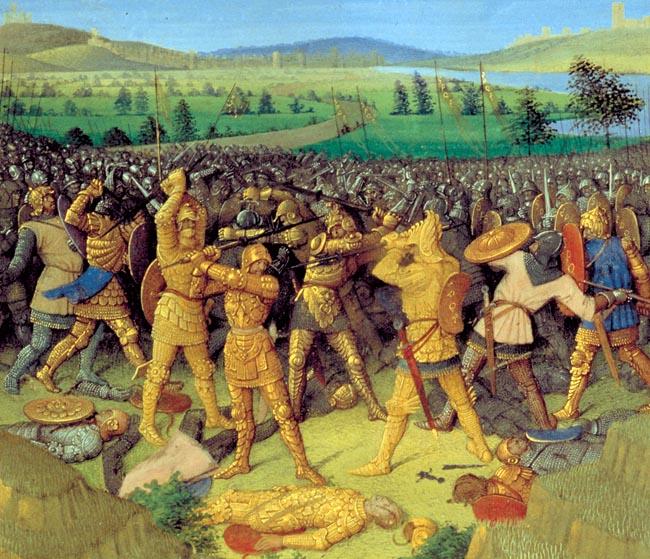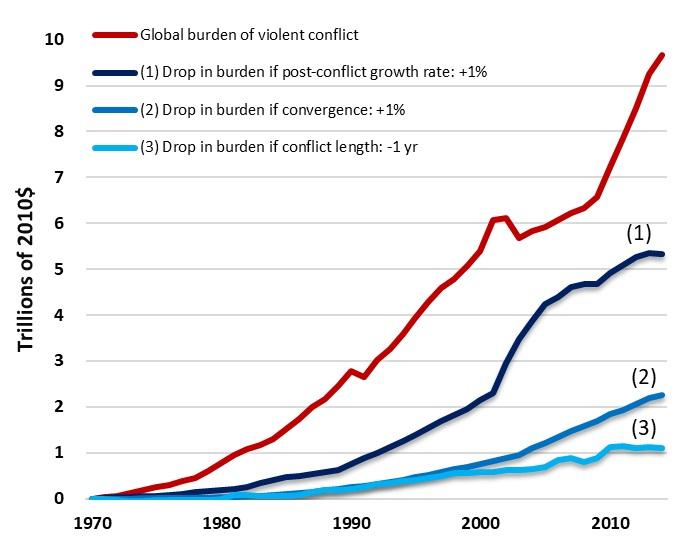Few names in history evoke as much fear and fascination as Attila the Hun, the relentless scourge who brought the mighty Roman Empire to its knees. As the fearsome leader of the Huns during the 5th century, Attila carved a legacy marked by ruthless military campaigns, strategic brilliance, and an unyielding drive to expand his dominion. In this article, we will delve into the life and times of Attila the Hun, exploring how his formidable presence reshaped the course of ancient history and left an indelible scar on the heart of Rome’s empire. Join us as we uncover the man behind the legend and the empire he sought to conquer.
Table of Contents
- Origins and Rise to Power of Attila the Hun
- Military Strategies That Shattered Roman Defenses
- The Impact of Attila’s Campaigns on the Roman Empire
- Lessons from Attila’s Reign for Modern Leadership and Warfare
- In Summary
Origins and Rise to Power of Attila the Hun
In the misty landscapes of the 5th century, where the Roman Empire grappled with internal decay and external threats, Attila emerged from the shadowy ranks of the Huns as a figure destined to reshape history. Born to Mundzuk, a chieftain of the Huns, Attila inherited not only his father’s position but also the fierce determination that characterized his nomadic people. His ascent was anything but straightforward; it entailed relentless tribal warfare and strategic alliances that consolidated power among fractious Hun factions. Through cunning diplomacy and brutal military campaigns, Attila united disparate Hunnic groups under a single banner, transforming a loosely organized confederation into a formidable power feared across continents.
Key factors in Attila’s rise included:
- Exploiting Roman weaknesses: With the empire’s forces stretched thin, he capitalized on its vulnerabilities through calculated raids and strategic pressure.
- Mastery of psychological warfare: His reputation for cruelty was deliberately cultivated to intimidate enemies and discourage resistance.
- Skilled diplomacy: Negotiations often complemented his military might, extracting tribute and forging uneasy truces.
Military Strategies That Shattered Roman Defenses
At the core of Attila’s astonishing military success was his mastery of mobility and psychological warfare. Far from traditional heavy infantry engagements favored by Roman legions, Attila’s forces excelled in rapid, unpredictable cavalry attacks that left Roman commanders scrambling to mount a cohesive defense. His elite horse archers could strike quickly, then vanish before counterattacks could be organized, exploiting the slow, cumbersome nature of Roman formations. The Huns’ ability to traverse difficult terrains—bogs, forests, and mountains alike—meant that Roman fortifications, often designed to repel frontal assaults, were frequently outflanked and rendered useless.
Furthermore, Attila systematically exploited divisions within the empire through calculated diplomacy and terrifying displays of strength. He formed unequalled coalitions with disgruntled factions and mercenary groups, turning Rome’s own political fragmentation to his advantage. His campaigns were marked by relentless sieges that combined brute force with cunning, such as feigned retreats and surprise night raids. Key to his strategy was the psychological impact of his reputation; the mere threat of his approach could induce panic, leading to abandonment of strategic positions without a single blow exchanged. These tactics not only shattered Rome’s physical defenses but also eroded the morale and unity that had once defined the empire’s mighty legions.
The Impact of Attila’s Campaigns on the Roman Empire
Attila’s relentless invasions shattered the fragile stability of the late Roman Empire, pushing it closer to its eventual decline. His campaigns were not just sudden raids but meticulously executed military operations that overwhelmed border defenses and devastated resource bases. The Roman provinces faced widespread destruction of cities, farmlands, and infrastructure, leading to severe economic disruptions. The psychological impact on Roman citizens and soldiers was immense—fear became ingrained as the Hunnic banners marched through once-prosperous lands. This unchecked devastation weakened the imperial grip on its territories, accelerating internal decay and fostering political instability that the empire struggled to manage.
- Economic destabilization: Loss of agricultural output and trade routes hindered tax revenues.
- Military drain: Continuous strain on legions forced to defend multiple fronts.
- Political fragmentation: Regional governors and local leaders increasingly acted independently due to Rome’s waning control.
- Diplomatic shifts: Rome was compelled to negotiate humiliating treaties, paying tributes to keep the Huns at bay.
Ultimately, Attila’s campaigns exposed and exploited the Roman Empire’s vulnerabilities, hastening its fragmentation and loss of influence across Europe. The empire’s inability to adequately repel or adapt to the Hunnic threat highlighted systemic failures in governance, military preparedness, and strategic foresight—foreshadowing the monumental transformation that Europe would undergo in the centuries to come.
Lessons from Attila’s Reign for Modern Leadership and Warfare
Attila’s leadership was defined by an unyielding combination of strategic brilliance and psychological warfare. Modern leaders can learn from his ability to inspire fear and respect simultaneously—a balance often elusive in today’s corporate and military arenas. His relentless pursuit of objectives, paired with swift adaptability on the battlefield, underscores the importance of decisiveness and agility. Moreover, Attila’s knack for leveraging alliances and exploiting the vulnerabilities of his adversaries serves as a timeless lesson: leadership extends beyond strength; it requires an acute understanding of human and geopolitical dynamics.
Key takeaways from his approach include:
- Unwavering resolve: Determination that pushes teams through adversity.
- Psychological tactics: Utilizing fear and reputation as force multipliers.
- Flexible strategy: Adapting plans based on evolving circumstances and intelligence.
- Strategic alliances: Building and breaking partnerships with calculated precision.
In warfare and leadership alike, Attila demonstrated that success relies not only on brute force but on the cunning use of resources, timing, and human psychology. Modern commanders and CEOs aspiring for greatness must study these lessons—not merely to emulate his ferocity but to understand the intricate dance of power, perception, and pragmatism that defines true dominance.
In Summary
Attila the Hun remains one of history’s most formidable figures—a relentless force whose campaigns shook the foundations of the Roman Empire and left an indelible mark on the ancient world. While his name is often synonymous with fear and destruction, understanding Attila also means recognizing the complexities of his leadership and the era he shaped. As we reflect on his legacy, it becomes clear that Attila was not merely a scourge but a pivotal player in the transformative period marking the decline of Rome. His story continues to fascinate not just as a tale of conquest, but as a reminder of how power, ambition, and resilience can alter the course of history.












